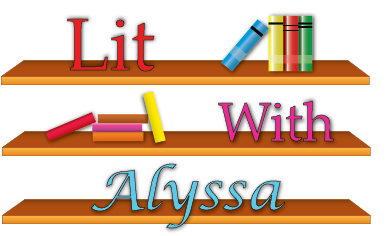Lit with Alyssa
Anderson reviews Marjane Satrapi’s “Persepolis”
More stories from Alyssa Anderson

This week I’ve decided to spice things up a bit. No, I am not going to bash another beloved young adult author (sorry, John Green). Instead, I’ve decided to share my opinions on Marjane Satrapi’s graphic novel “Persepolis.”
Until now, I’ve been pretty weary of anything that even remotely resembles a graphic novel or comic book. After reading the “Captain Underpants” comics when I was seven, I realized any form of literature that contained more pictures than words was not for me. Clearly, I was already on the path to becoming a literature snob.
Ever since “Captain Underpants,” I have closed myself off from the world of graphic novels and comic books. That is, until I was forced to read the masterpiece that is “Persepolis” for my women’s literature class.
When I picked this book up from the book store, it immediately caught my eye. I was drawn in by the striking blue cover and the illustrations scattered across the front and back. Out of the gargantuan pile of books in my hands at this point, I was most intrigued by this one.
After lugging an obscene amount of books around Eau Claire, I arrived home and decided to inspect my reading material for the coming semester. I searched for that blue cover, eager to discover what awaited me inside.
At this point, I had no idea it was a graphic novel. But when I opened it up for the first time, my heart sank. I had always associated graphic novels with the annoying kids in middle school who were unhealthily obsessed with “manga,” or whatever it’s called.
I proceeded with caution and low expectations. However, that went out the window as soon as I started reading.
This novel is the autobiography of Marjane Satrapi, a native Iranian who was coming of age during the tumultuous Islamic Revolution. With vivid illustrations, Satrapi tells her heartbreaking/heartwarming, and often times, hilarious story.
Not only is this novel a riveting read and a captivating coming-of-age tale, but it also serves as a history lesson most of us would never have learned.
Like most of the great books I read, “Persepolis” held me captive until I had read every page. I found this novel impossible to put down; it was unlike anything I had ever read. As I closed the book one last time, I almost had to choke back some tears.
This novel is not simply a “good read”, but a necessary read for anyone and everyone. As Americans, we sometimes find ourselves trapped in a bubble of ethnocentrism, unaware of the world around us.
This novel divulges an important part of world history, and I truly feel I have a better understanding of the world after reading it. This novel made me realize how little I knew about the world around me, and I hope it does the same to all you future readers. This novel, as many good novels do, kept me up at night pondering the fact that there is so much I don’t know.
Hopefully “Persepolis” will give you something new to think about, but you’ll just have to read it and find out for yourself.
